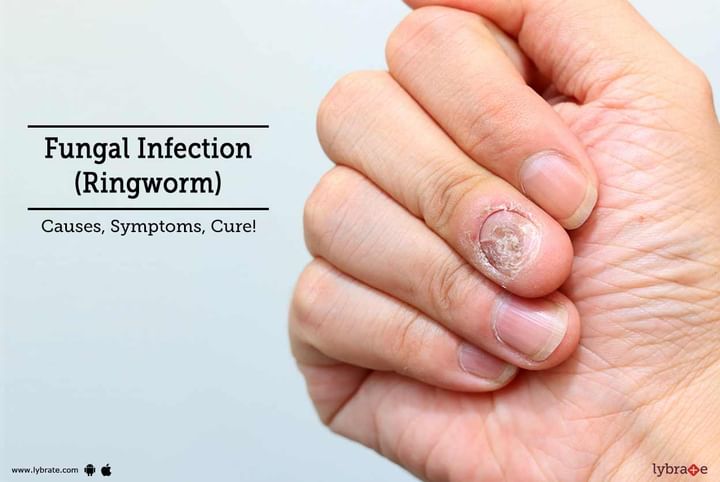Fungal Infection (Ringworm): Causes, Symptoms, Cure!
Ringworm is one of the common skin infections; the funny part is that, it isn’t a worm at all. Ringworm is called so because of the patchy ring like mark it leaves on the skin.
Ringworm is caused by fungus (Tinea) that lives off keratin and dead skin. A lot of people associate Ringworm with insect bite, because they assume it is a worm, but that is not the case.
Here is a quick overview of causes of Ringworm, its symptom, as well as its treatment options.
How do one get Ringworm in the first place?
- Ringworm is highly contagious, so if one person is in physical contact with another person having ringworm, that person will also get Ringworm infection.
- Ringworm is a fungus, so it can come from objects like comb, damp clothes, towels and brush. It is important to remember to not use products of any other person.
- One might also get ringworm from pets. Make sure to bath them regularly and also to wash hands after touching them.
- A person can also contact this fungus through soil; it is important that one doesn’t stands on soil barefooted.
Symptoms of Ringworm
- There will be flaky patches all over the scalp. It can also be very painful and itchy. One may also notice significant hair loss, particularly in the infected areas.
- When the fungus occurs on skin, it usually leaves patchy red ring like mark. These marks might itch a lot, especially around the ring mark. These ring marks will be reddish and inflamed.
- When this occurs in the groin area, one might feel itchiness and a burning sensation. Inflamed ring like patches can be noticed on the inner thighs, which will be painful while walking.
Types of Ringworm
- Tinea Corporis: This particular fungus is usually the reason for “Jock Itch” or ring worms in the groin area. These fungi leave a brownish-red mark on the groin and inner thighs. Tinea Corporis is on the body.
- Tinea Cruris is in the groin.
- Tinea Facei: These fungi generally occur on the face, leaving scaly and inflamed marks around the beard area.
- Tinea Mannum and Tinea Pedis: These ringworm types occur on arms and feet; they usually spread through contaminated soil. Tinea Pedis is in the feet.
Treatment of Fungal Infection or Ringworm
Treatment for Ringworm usually involves ointments. These ointments are usually applied on inflamed skin. Some ointments are specifically applied on the foot area that is inflamed because of Tinea pedis fungus. There are also anti-fungal tablets that can be taken. These oral medicines are given when the disease is in its advance stages and when the ointment didn’t work in the first place.
Conclusion
Ringworm is a highly contagious disease, that it is why it is important to be vigilant about the surroundings. And if someone is already suffering from it, steps should be taken to get rid of it as soon as possible.



+1.svg)
